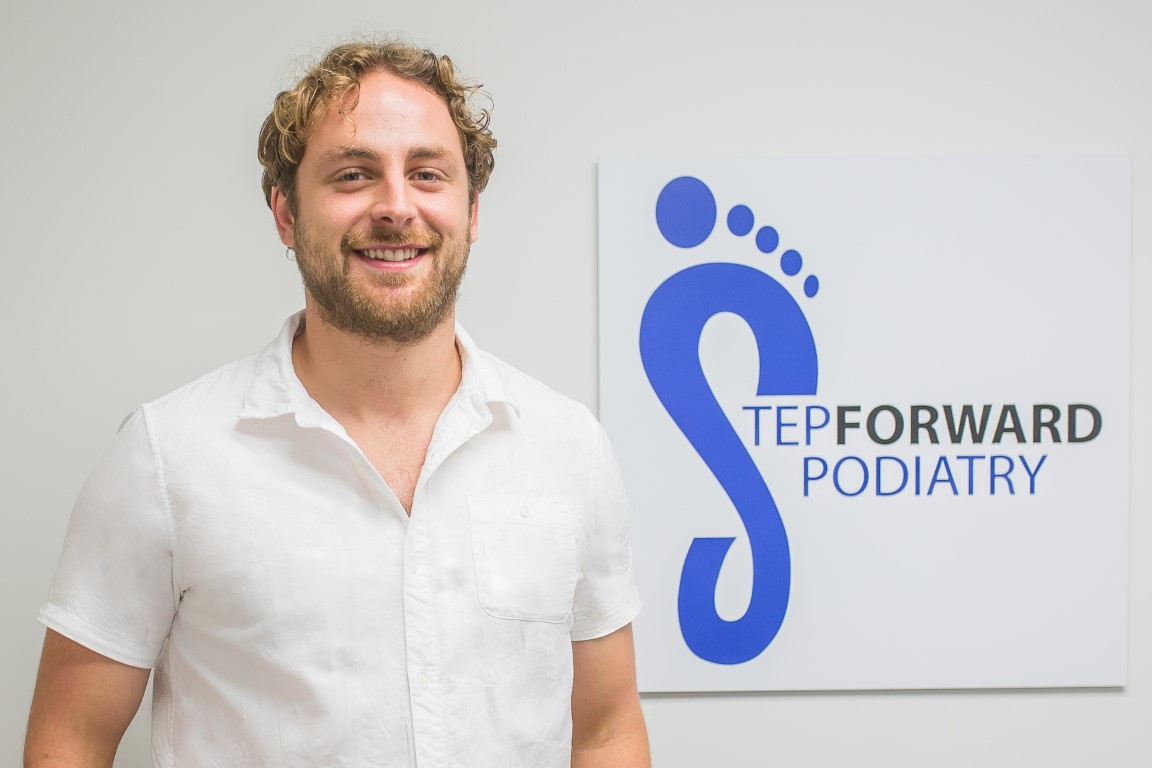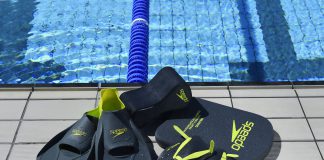As we become more accustomed to having information at our fingertips these days, a quick google search can take us from having very little knowledge on a topic to being a seasoned pro within seconds. We may have a vague idea of what we want to achieve – be it in sport, a hobby or with our bodies – without the faintest idea of how to put it into practice. The brilliance of the internet is such that we can be armed with sufficient information and out playing tennis and fixing that old backswing within the hour. It can see us take a plunge into ice cold water, pop up on a surfboard, or sign up to a dance class. Rather effortlessly, each new year prompts either launching into something new or picking up where we left off.
Before we know it, however, we wake up one morning and our heel hurts. It starts off as not being too painful, so we suffer in silence for a week. Then the pain becomes more distinct, but we dare not miss a class or stop training, so we trudge on. I mean c’mon, we have only been at it three measly weeks! Maybe the pain is something new to us or maybe this new energy has ruffled up an old injury. Or maybe, oh maybe, that old injury never. even. healed! Whatever the case, or whatever the reason, we often find it easier to care for everyone else in our lives before taking a moment to make sure we’re okay ourselves. So we keep training, playing, dancing and running until it even starts to begin to hurt just getting out of bed.
Heel pain is a very common problem for people who come to see us, spanning from children to the elderly. It can be tricky to work out what is going on beneath the surface or what is the best way to treat it on your own. For this reason, if you are someone struggling with heel pain, below you can find a few helpful tips.
Pro Tip 1: Try to decrease any activities that seem to make it worse. Maybe it is jumping for a basketball or skipping for exercise. Try to pinpoint when it hurts and take a few days off doing that specific movement.
Pro Tip 2: If you have pain in the morning, try to warm up your feet before you get out of bed. Draw your name under the sheets, or do circles forwards and back for 30 seconds to stimulate blood flow.
Pro Tip 3: Try performing a calf stretch – 30 seconds each leg before and after exercise and at one extra time during the day. Place your hands against a wall, shoulder width apart, and step forward with one leg in front of the other. With the front leg bent, lean in towards the wall to create a stretch in the calf muscle of your straight leg.
Pro Tip 4: Book in to see your local podiatrist. It is our job to treat the person, not the problem. Everyone is different so every treatment will vary based on your needs and we aim to get you back on your feet as quickly as possible. This may include a gait assessment, footwear assessment and working out what is going to be the best management plan for you and your activities.
Heel pain treatments can be much like searching for things on the internet. There is tons of information out there but we need to make sure we take the time to find the correct diagnosis and then find a treatment plan that is specific to us and our needs.
 NATHAN FOX BSc. Pod | Podiatrist
NATHAN FOX BSc. Pod | Podiatrist
AUT MILLENNIUM
17 Antares Place
Rosedale
09 280 4358
[email protected]
www.stepforwardpodiatry.co.nz (Book Online)




































